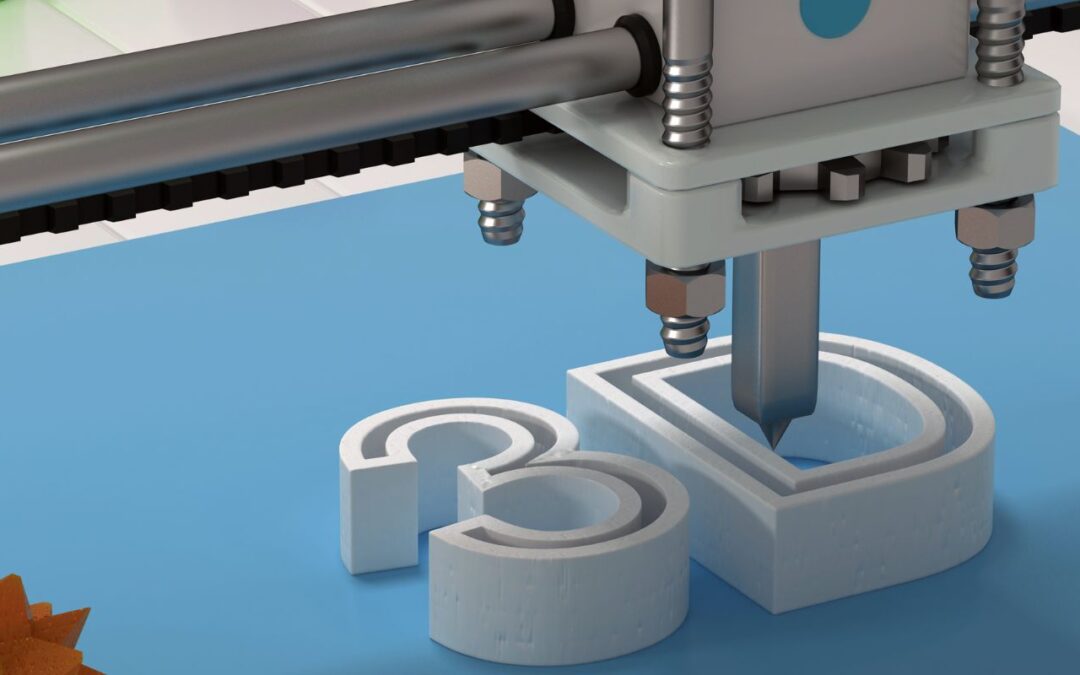Introduction 3D printing, also known as additive manufacturing, is a process that creates three-dimensional objects by adding layers of material one at a time. It has revolutionized the way we think about manufacturing, allowing for faster and more cost-effective production of complex designs. In this blog post, we will explore the world of 3D printing and its applications.
History of 3D Printing The first 3D printer was developed in the mid-1980s by Chuck Hull, who invented stereolithography (SLA) technology. This process involved using a laser to solidify a liquid resin into a solid object. Since then, 3D printing has evolved to include other technologies such as fused deposition modeling (FDM) and selective laser sintering (SLS), among others.
Applications of 3D Printing The applications of 3D printing are vast and varied, ranging from manufacturing to healthcare to art and design. Here are some examples:
- Manufacturing: 3D printing has transformed the manufacturing industry by allowing for the rapid production of complex designs. It is used to create everything from car parts to airplane components.
- Healthcare: 3D printing has been used to create customized prosthetics and implants. It has also been used to create models of organs for surgical planning.
- Education: 3D printing is becoming increasingly popular in schools and universities as a way to teach students about design and engineering.
- Art and Design: 3D printing has opened up new avenues for artists and designers to create unique and intricate pieces. It has been used to create everything from jewelry to sculptures.
Advantages of 3D Printing One of the biggest advantages of 3D printing is its ability to create complex designs quickly and cost-effectively. Traditional manufacturing methods often require expensive tooling and long lead times. 3D printing eliminates the need for tooling and allows for faster turnaround times. Additionally, 3D printing can be used to create customized products on demand, which can be particularly useful in the healthcare industry.
Disadvantages of 3D Printing While 3D printing has many advantages, it also has some disadvantages. One of the biggest challenges is the limited range of materials that can be used in the printing process. Another challenge is the quality of the final product. 3D printing can create products with a lower quality finish compared to traditional manufacturing methods.
Conclusion 3D printing has revolutionized the way we think about manufacturing and has opened up new opportunities for innovation in a variety of industries. While it still has some limitations, its potential is vast, and we can expect to see even more exciting developments in the years to come.

